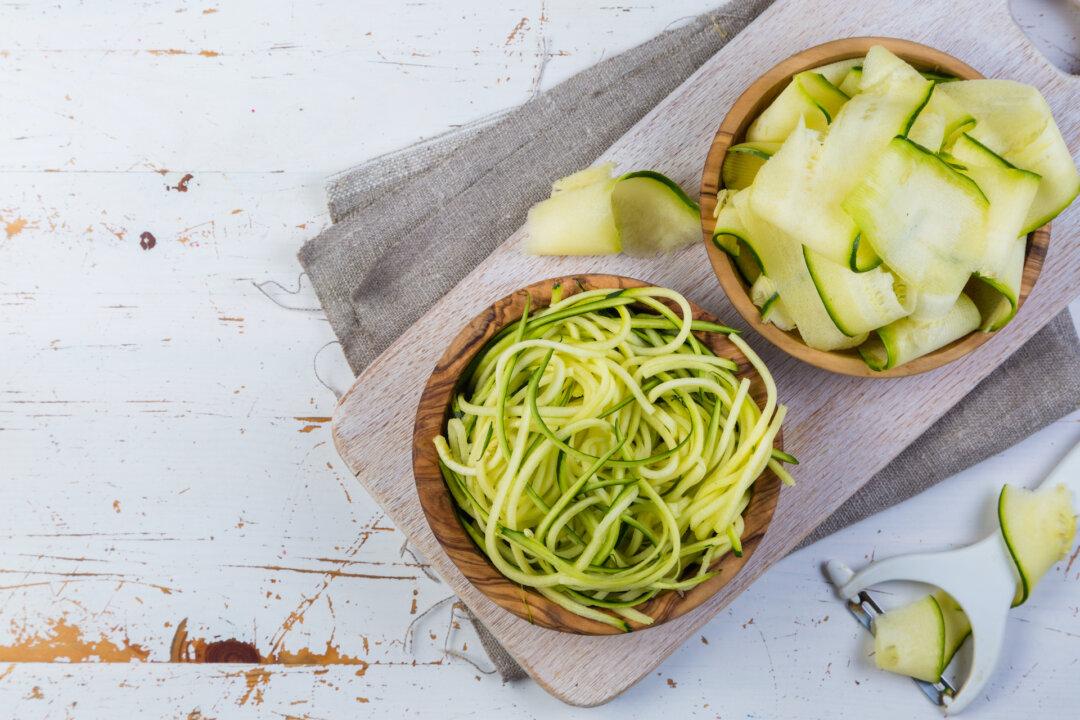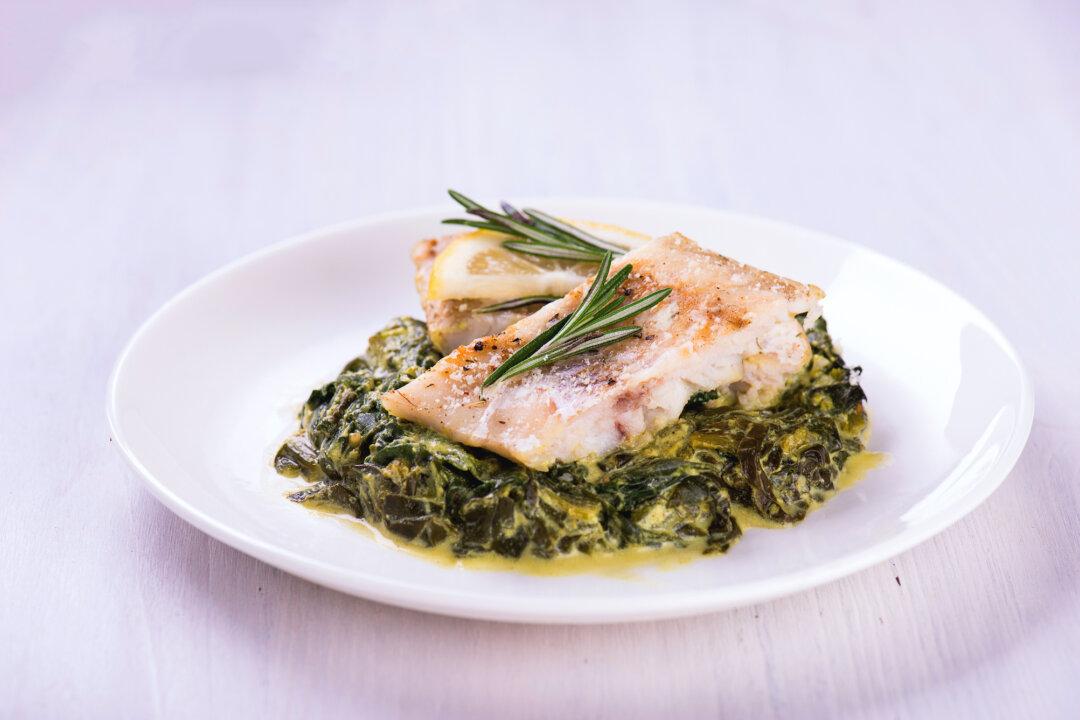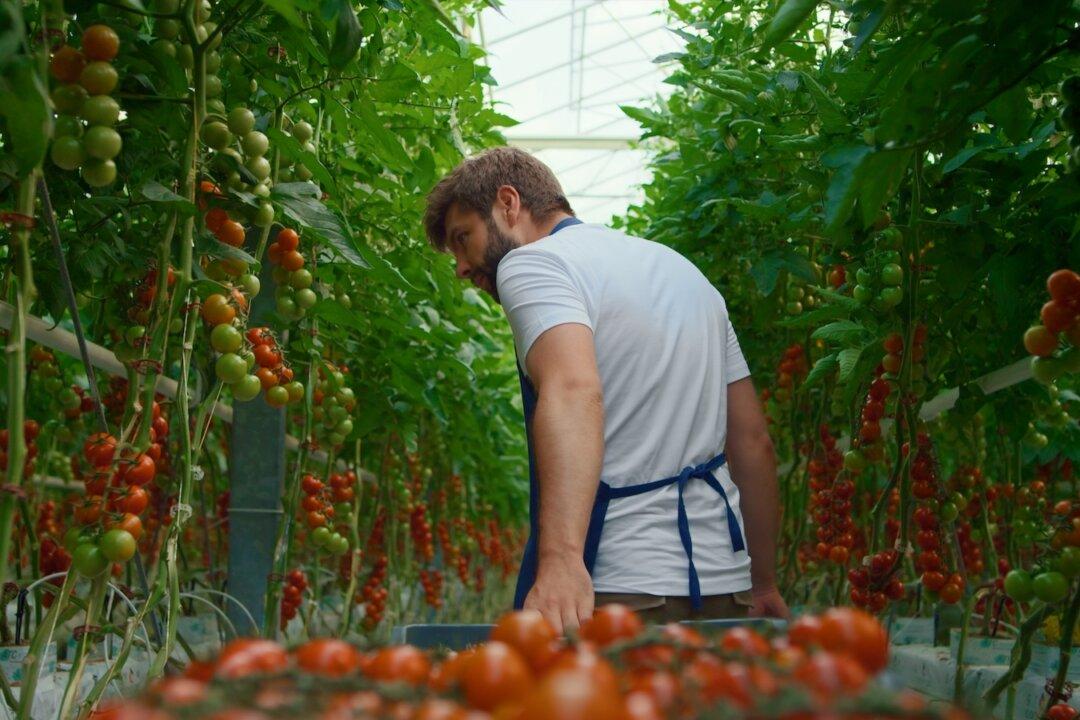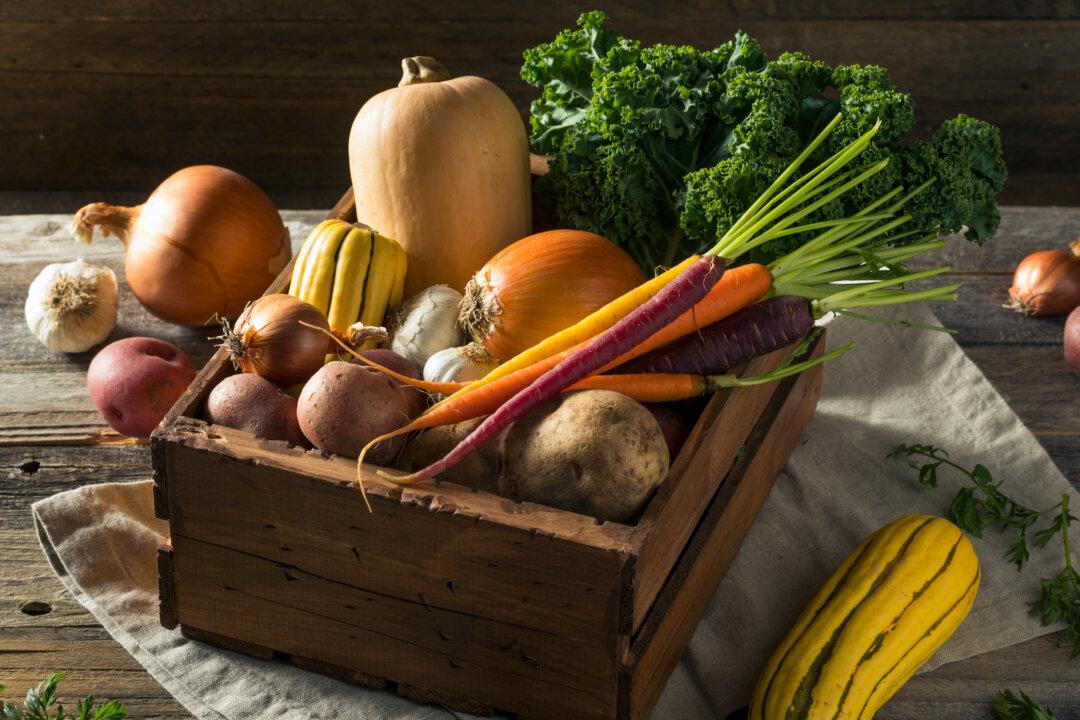Do you feel heavy in the gut after eating pasta? Do you have a wheat sensitivity? Do you gain weight if you eat too much pasta?
If you answered yes to at least one of these questions, know that there are more options than ever for “pasta” that’s lower in carbohydrates and calories than traditional wheat-based or gluten-free pasta. The key to automatically reducing the carbohydrates and calories is to ditch those made from high-carb grains and legumes and substitute grain-free, legume-free alternatives made from non-starchy vegetables.
Reasons to Eat Pasta Substitutes
Whether it’s in the form of spaghetti, fettuccini, penne, or noodles, white pasta, which is made of refined wheat flour, is a high-carbohydrate, high-calorie food. In other words, it’s energy-dense. Whole-grain pasta, which is made of mostly whole-grain flour and has more fiber, is also a high-carbohydrate, high-calorie food. By contrast, non-starchy vegetables are dramatically lower in carbohydrates and calories. Compare the amount of carbohydrates and calories in each of these food items:- 1 cup white pasta: 43 grams of carbohydrates and 221 calories.
- 1 cup whole-wheat pasta: 48 grams of carbohydrates and 238 calories.
- 1 cup zucchini noodles: 3.7 grams of carbohydrates and 20 calories.






